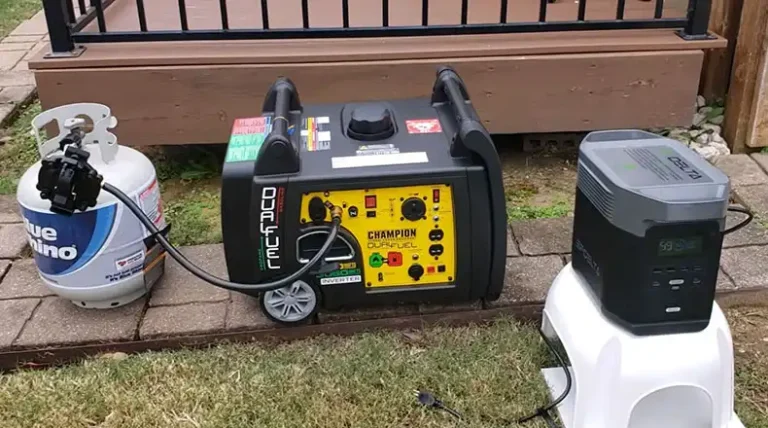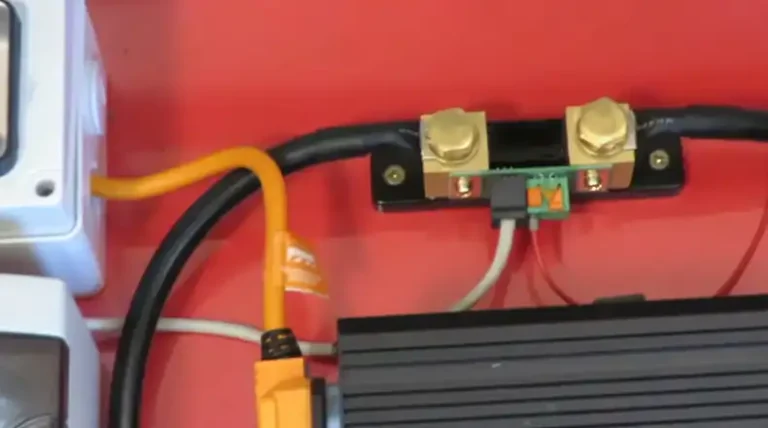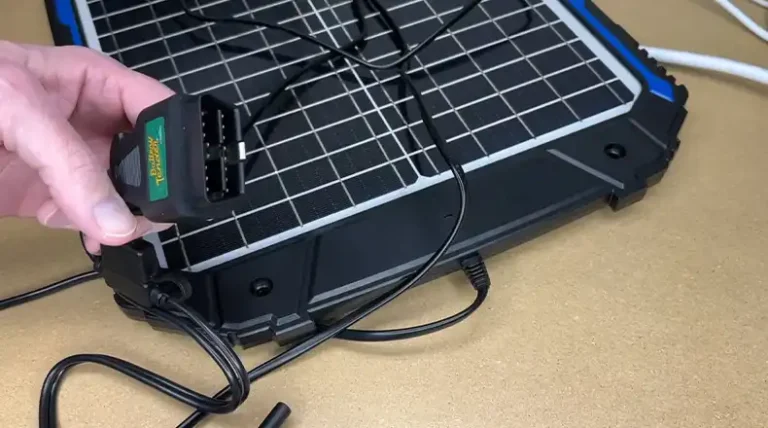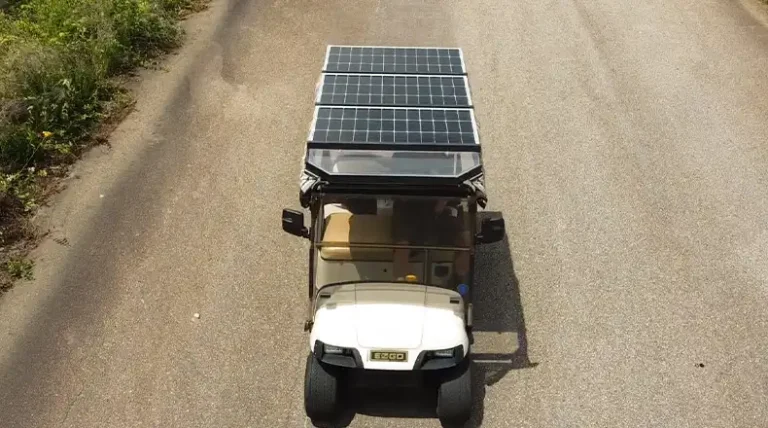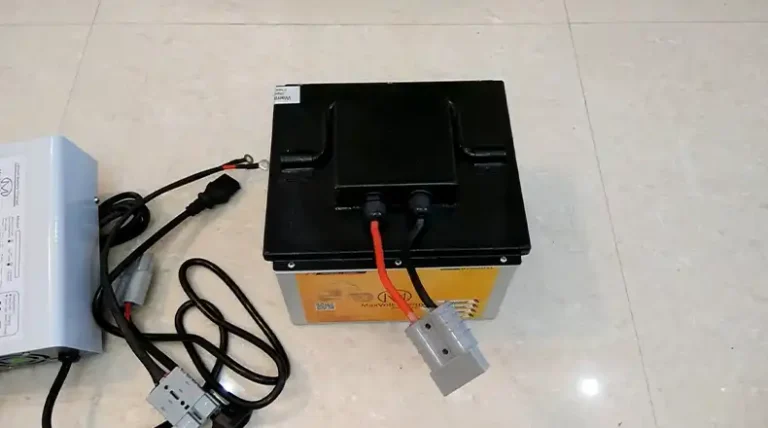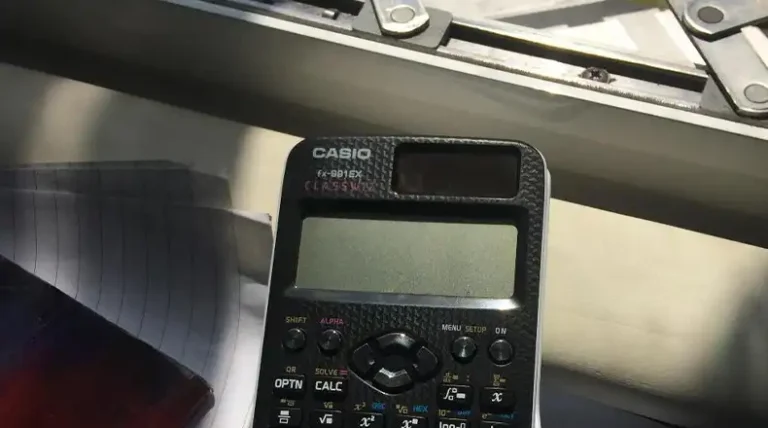How Do I Know If My Solar Battery Is Bad? 4 Methods to Find
Solar panels and batteries provide clean energy, energy independence, and savings on electricity costs. But these batteries eventually fail and need replacement. So, how do you know if your battery is bad or dead?
Testing batteries at least annually and watching for symptoms of failure allows proactive swaps before damaged equipment or power losses occur. Techniques like checking voltages, performing load tests, and monitoring water levels provide insights into overall solar battery health and remaining lifespan.
In this guide, I’ll explore multiple methods to determine if your solar energy storage batteries are still functioning properly or are degraded and require replacement. Continue reading to learn how to extend battery life and ensure your solar investment keeps providing renewable power and savings for years to come!
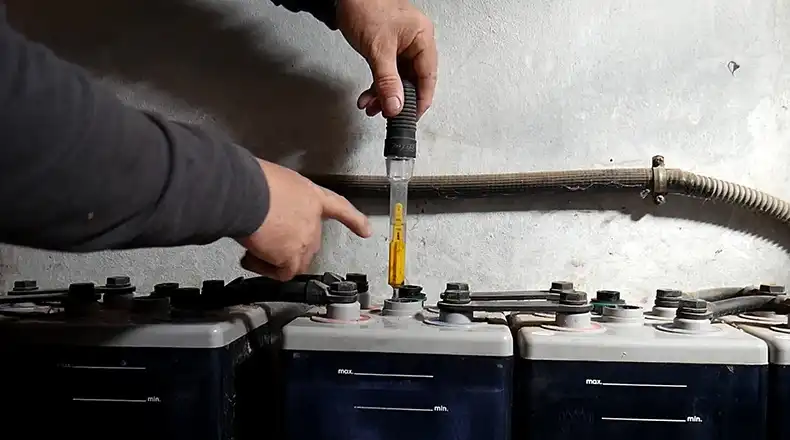
Method 1: Inspect Batteries Visually
The first test is a visual inspection for any obvious signs of leakage, casing damage or failed connections:
Step 1: Cracks, Leaks, Bulges
Examine the battery closely for cracks, crystallized acid leaks, or bulging cases which indicate injured cells and the need for immediate replacement due to hazard risks.
Step 2: Loose Battery Terminals
Confirm all connections are clean and tight. Loose electrical connections lead to heating and accelerate performance degradation over time.
Step 3: Signs of Physical Damage
Major dents, discoloration, or case defects likely mean internal components are compromised. Compare against new batteries to identify concerning degradation indicators.
Method 2: Use a Voltmeter to Measure Voltage
Voltmeters provide insights into solar battery charge levels and the ability to hold energy:
Step 1: Test Battery Terminal Voltage
Disconnect batteries from the solar system and use a digital voltmeter to measure voltage across the terminals under no load. Compare results against manufacturer charge level specifications.
Step 2: Compare Voltage to Charge Level Tables
Consult battery supplier reference tables to interpret tested voltage readings relative to state of charge. Expect voltages trending lower as overall charge depletion occurs.
Step 3: Inability to Reach Full Charge
Consistently depressed voltages even after recharge attempts likely indicate the batteries can no longer hold a full rated energy capacity and require replacement.
Method 3: Perform Load Testing
Discharging batteries under real-world loads reveals actual performance capabilities versus simple voltage measurements:
Step 1: Test Ability to Power Devices
Connect real motor-driven appliances like fans to deeply cycle batteries while monitoring voltages. Significant drops under loads symbolize poor charge recovery unsuitable for system demands.
Step 2: Automotive Shop Load Testing
Solar suppliers and auto shops often have diagnostic testers to assess capacity retention as batteries age. This helps identify any weak cells.
Step 3: Compare to Healthy Baseline
Note runtimes and voltage drops against manufacturer load test curves when batteries were new. Higher than expected deviations indicate imminent failure likelihood.
Method 4: Monitor Water Use (Flooded Lead-Acid)
Replenishing distilled water in flooded lead-acid batteries provides insights into their health:
Step 1:Refill Low Water Levels
Using pure distilled water, top up plates if electrolyte levels drop from normal gassing during charging. However, rapidly decreasing levels indicate problems.
Step 2:Test Acid Specific Gravity
Use an inexpensive battery refractometer to measure electrolyte-specific gravity. Lower density readings reflect the depletion of available sulfuric acid correlated to lower overall battery charge.
Common Issues with Degraded Batteries
For solar batteries, understanding the common issues associated with their degradation becomes paramount. Let’s explore the nuances of these problems to empower you with the knowledge needed for proactive maintenance.
- Sulfation Covering Plates
- Explanation:
Sulfation occurs when lead sulfate crystals accumulate on the battery plates, hindering the electrochemical reactions essential for energy storage. Over time, these crystals can cover a significant portion of the plates, reducing the battery’s ability to charge and discharge efficiently.
- Impact:
Reduced surface area on the plates diminishes the overall capacity of the battery. The gradual buildup of sulfate crystals can lead to a noticeable decline in performance, making it crucial to address sulfation promptly.
- Accelerated Chemical Reactions
- Explanation:
Solar batteries rely on a delicate balance of chemical reactions to store and release energy. As batteries age, chemical reactions can become more rapid, resulting in an accelerated deterioration of the battery’s internal components. This can manifest as increased heat generation and a decline in overall efficiency.
- Impact:
Accelerated chemical reactions contribute to premature aging, shortening the expected lifespan of the battery. Higher temperatures generated by these reactions can exacerbate the degradation process, creating a cascading effect on the battery’s performance.
- Hardening of Sulfates Over Time
- Explanation:
Over an extended period, lead sulfate crystals within the battery can harden, forming stubborn deposits on the plates. This hardening process further diminishes the battery’s ability to function optimally by impeding the necessary chemical interactions.
- Impact:
Hardened sulfates create a physical barrier, impeding the flow of ions and electrons during the charge and discharge cycles. This results in increased internal resistance, reduced capacity, and a decline in the overall efficiency of the battery.
Preventive Measures for Common Issues
Regular Maintenance:
- Conduct routine visual inspections to identify early signs of sulfation, such as whitish deposits on the battery plates. Timely cleaning and desulfation procedures can mitigate the impact.
Optimal Charging Practices:
- Follow manufacturer guidelines for charging cycles to prevent accelerated chemical reactions. Avoid deep discharges and ensure the battery stays within the recommended voltage range.
Temperature Control:
- Maintain a cool environment for your solar batteries. Elevated temperatures can exacerbate sulfation and accelerate chemical reactions, contributing to the hardening of sulfates.
Use of Desulfators:
- Consider using desulfator devices designed to break down and prevent the buildup of lead sulfate crystals. These devices can enhance the overall health and longevity of your solar batteries.
Average Solar Battery Lifespans
When maintained properly, approximate expected lifespans for solar batteries are:
- Flooded Lead-Acid: 5 years
- Lithium-ion: 10-15 years
However, operating temperatures, charging patterns, and other factors influence actual usable lifetimes.
When To Replace Solar Batteries
With regular solar battery testing, you can effectively determine replacement timeframes based on:
- Failing Performance Testing
Consistently depressed voltage readings and inability to power attached devices or appliances for expected timespans mean the battery bank can no longer deliver its rated capacity.
- Exceeding Average Lifespans
Lead-acid batteries older than 5 years old often fail in short order. Swapping them out as they approach average expectancy, even if still working, prevents unforeseen, premature failures.
- Warranty Expirations
Most solar batteries come with 5-10 year prorated warranties. Replacement discounts maximize value if batteries degrade significantly before warranty coverage ends.
What Kills Solar Batteries
Common conditions shortening battery life include:
- Overheating – High temperatures above 90°F accelerate chemical grid corrosion and electrolyte evaporation
- Overcharging – Charging over 14.4V (lead-acid) and 4.2V (lithium-ion) causes electrolyte decomposition
- Deep cycling – Repeated 100% discharges lead to internal metallic lithium plating in lithium-ion cells
- Sulfation – Lead sulfate crystals reduce capacity if batteries sit at low states of charge
- Loose connections – Impede performance and accelerate corrosion from localized heat
Tips To Increase The Average Lifespan Of Solar Batteries
You can optimize your solar power system battery life through:
- Adhering to supplier charging/discharging guidelines
- Preventative annual checkups and testing
- Proactive swaps as batteries approach expected lifespans
- Using lithium-ion batteries for longer overall durability
Properly maintaining your solar energy storage batteries extends their working life significantly. Identifying and replacing aging batteries ensures your system keeps providing clean, resilient power when you need it!
Your Most Common Asked Questions
What Are Visible Signals To Replace My Solar Batteries?
Clear signs your solar batteries need replacement include bulging/cracked cases, terminal corrosion, fluid leaks, and inability to sustain adequate voltages under appliance loads.
Should I Replace Batteries Before Failures Occur?
As lead-acid batteries approach 5+ years old, proactive replacement helps avoid unexpected, premature failures that could damage equipment or leave you without backup reserves.
How Long Should Lithium-Ion Solar Batteries Last?
With careful operation respecting temperature limits and charging parameters, lithium-ion batteries typically retain 80%+ of original capacity for 10-15 years in renewable energy applications.
What Does It Cost To Replace Failed Solar Batteries?
Complete replacement costs for dead solar batteries often range from $5,000 – $10,000+ for the battery bank, hazardous materials disposal, new equipment, professional installation & reconfiguration labor. Shop multiple vendors.
Can Homeowners Insurance Help Cover Bad Solar Batteries?
Most homeowners insurance excludes normal wear & tear issues. Some insurers offer renewable energy equipment riders to cover replacement costs for as little as $10-15 per monthly premium. Check policy options!
Conclusion
By regularly testing your solar batteries through visual inspections, voltage measurements, load testing, and monitoring water usage, you can identify signs of failure before critical backup and appliance loads are impacted. Swapping out batteries as they approach rated lifespans around 5 years (lead-acid) or 10+ years (lithium-ion) ensures your solar investment continues paying dividends through clean resilient energy and lower utility bills! I hope these solar battery testing and replacement tips help you maximize the usefulness of your home solar battery bank! Let us know any other questions in the comments!

